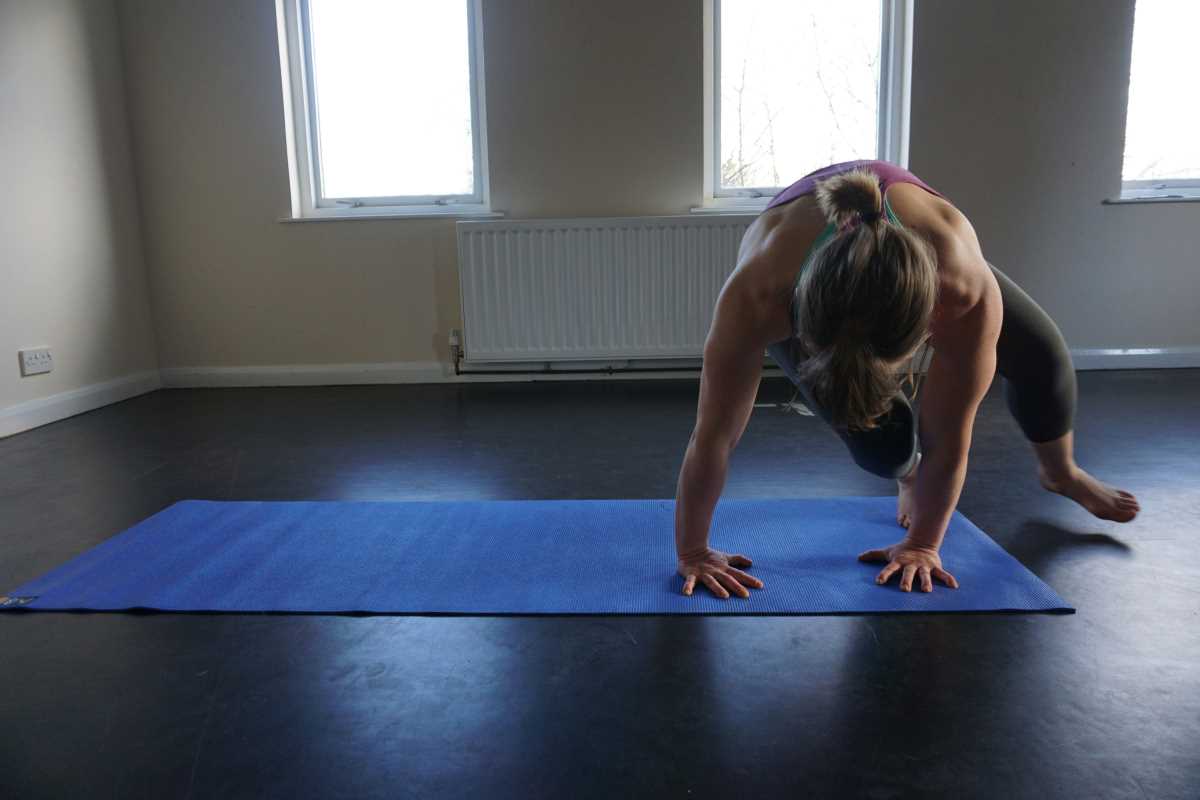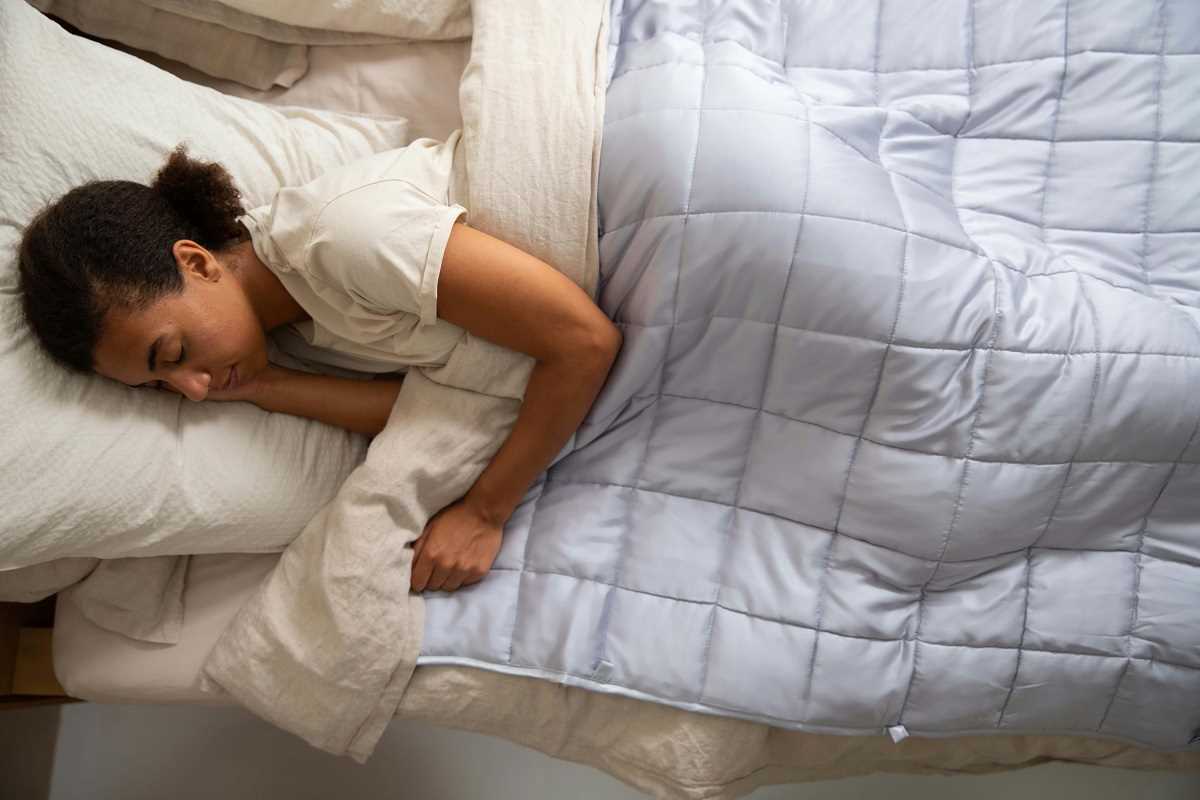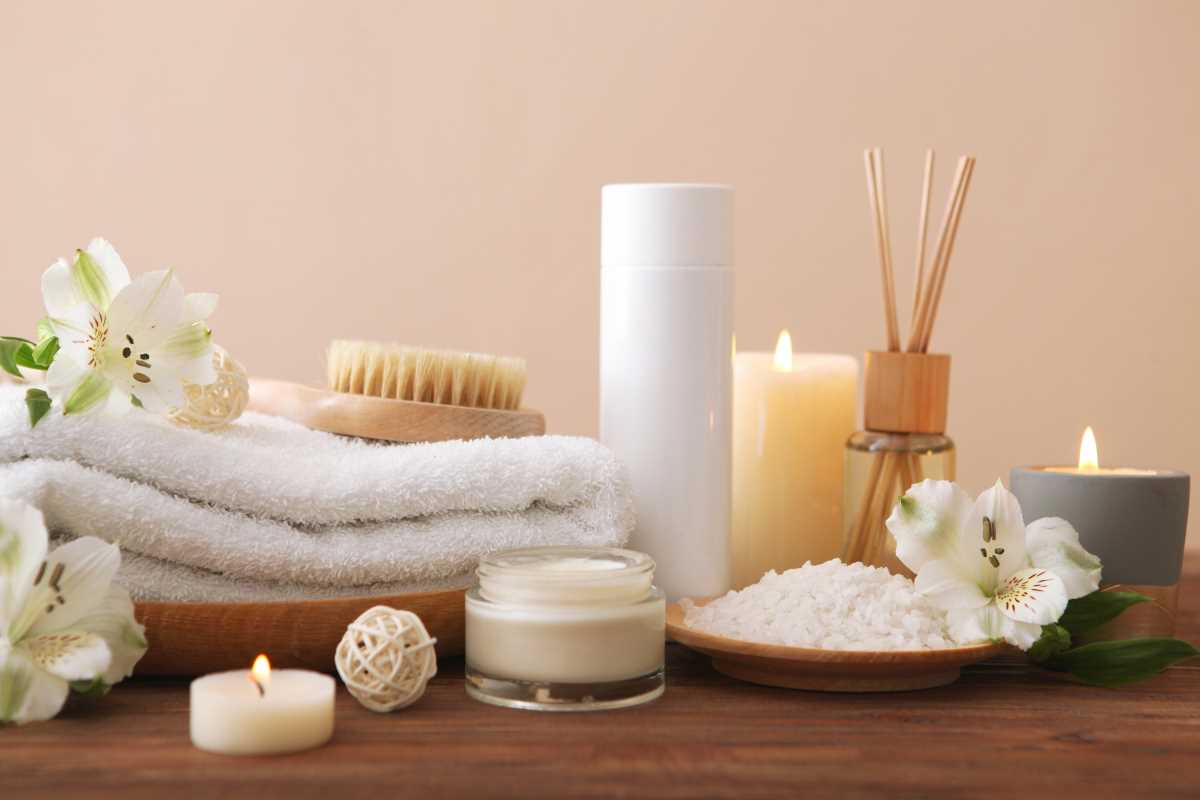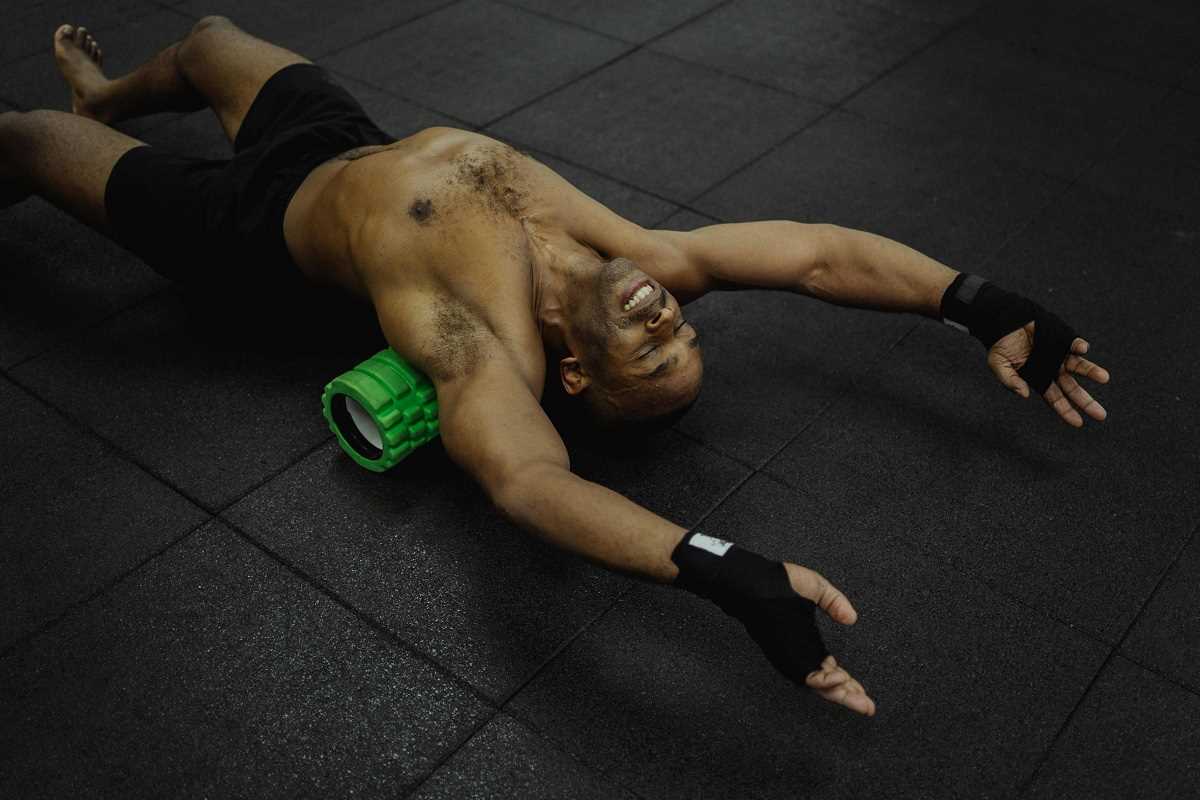Developing core strength involves much more than simply doing crunches each day. Both yoga and Pilates encourage you to connect your breath with every movement, helping you build stability from within. When you combine these two practices, you engage the deep muscles surrounding your spine, which play a key role in maintaining proper posture and increasing overall strength. As you practice regularly, you may notice daily tasks like lifting groceries or holding a plank become easier, and you gain greater confidence in your body’s abilities. This approach not only strengthens your muscles but also supports better balance and alignment.
This guide walks you through key benefits of each practice, shows how to mix them for maximum impact, offers sample moves, and shares tips on creating a routine that fits your schedule. You’ll also pick up simple nutrition and recovery strategies to help you stay consistent and avoid burnout.
Benefits of Yoga for Core Strength
Yoga delivers core benefits through poses that require balance and control. When you hold a plank or flow through Sun Salutations, your abs, obliques, and lower back all activate to keep you steady. Over time, this builds muscular endurance rather than just raw power.
Besides muscle tone, yoga teaches you to engage your core with each inhale and exhale. That breathing connection reduces tension in your neck and shoulders, so you won’t overcompensate with upper body muscles. Plus, regular practice can improve spinal flexibility and alignment.
- Plank Pose works the entire front of your torso and challenges your shoulders.
- Boat Pose targets both your upper and lower abs while improving balance.
- Side Plank strengthens your obliques and develops one-sided stability.
Pay attention to posture, too. When you sit or stand tall in Mountain Pose, you activate deep core muscles around your spine. This daily habit carries over into workouts and everyday life.
Benefits of Pilates for Core Strength
Pilates exercises focus on precise movements and small ranges of motion. That approach isolates core muscles more effectively than larger yoga flows. You’ll find exercises like the Hundred or the Teaser feel challenging even with minimal equipment.
By emphasizing proper form, Pilates sharpens your body awareness. You learn exactly how your pelvis and ribs align, which helps you avoid arching your lower back. With this mind-body connection, you progress safely and prevent strain.
- The Hundred builds endurance by pumping your arms while holding legs off the floor at different heights.
- Single-Leg Stretch works each side independently, helping you correct imbalances.
- Roll-Up mimics spinal articulation, strengthening both abs and lower back.
Practitioners often use a mat, a small ball, or a resistance band. These tools add variety without overwhelming beginners. You'll quickly notice better control during daily tasks like lifting or twisting.
Combining Yoga and Pilates for Core Strength
Integrate both practices to create a balanced routine that improves strength, stability, and flexibility. Start with a Pilates warm-up to activate deep muscles, then move into yoga flows to incorporate that newfound control.
After a few yoga sequences, return to targeted Pilates moves. You’ll increase fatigue in your core, which forces those muscles to adapt and grow stronger. This back-and-forth keeps your body guessing, helping you avoid training plateaus.
- Warm up with Pilates breathing exercises and gentle spine articulations.
- Move into yoga Sun Salutations, focusing on smooth transitions.
- Return to Pilates side-lying leg lifts or oblique twists for targeted work.
Finish with a short yoga cool-down that includes gentle twists and hip openers. This combination ensures you don’t neglect flexibility after intense core engagement.
Sample Core-Strengthening Exercises
Try this mini routine at home. Do each move for 45 seconds, rest 15 seconds, and repeat the circuit twice.
Start standing, then go through each exercise without breaking form.
- Plank with Knee Taps: From plank position, bring one knee toward your elbow and return. Switch sides.
- Pilates Teaser Prep: Lie on your back, bend knees, and lift your upper body using your abs only. Keep legs bent.
- Side Plank with Leg Lift: Hold side plank, lift your top leg, then lower. Switch sides after 20 seconds.
- Boat Pose Hold: Sit, balance on hips, and extend arms forward. Keep feet lifted if possible.
Focus on smooth, controlled movements instead of speed. Prioritize quality over quantity to prevent straining your neck or lower back.
Planning Your Routine
Create a weekly schedule that varies intensity levels. Aim for three to four sessions that combine yoga and Pilates. On lighter days, focus on flexibility and breathing. On more intense days, challenge your core with dynamic flows.
Here’s an example week:
- Monday: Pilates-focused core workout and full-body stretch.
- Wednesday: Yoga flow emphasizing balance and posture.
- Friday: Mixed circuit of Pilates exercises and yoga holds.
- Saturday: Gentle yoga or rest with light stretching.
Adjust the schedule according to your availability. Consistency outweighs perfect sequencing. Even a 20-minute session helps you build momentum toward a stronger center.
Nutrition and Recovery Tips
Your muscles need proper fuel and rest. Consume lean proteins such as chicken, fish, or plant-based options. Carbohydrates from whole grains and fruits will energize your workouts. Don’t forget healthy fats from nuts, seeds, or avocado to support muscle repair.
Getting enough sleep plays a crucial role in developing your core. Your body releases growth hormones during deep sleep, which helps rebuild muscle fibers. Aim for at least seven hours of quality sleep each night.
- Hydrate before, during, and after workouts to keep your muscles functioning well.
- Use foam rollers or a massage ball to release tension in tight areas.
- Perform gentle stretching or a short yoga session on rest days to improve circulation.
Listen to your body. If you experience persistent soreness, decrease intensity or take a recovery day. That way, you continue progressing safely without risking injury.
Combining yoga and Pilates creates an effective core workout. Consistent practice, good nutrition, and rest improve your balance, posture, and strength.
 (Image via
(Image via





